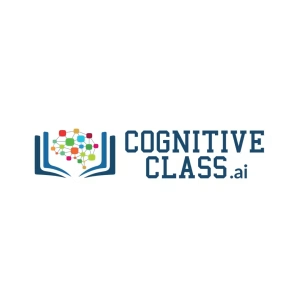Machine Learning
Showing 97–108 of 273 results

Forecasting Crypto Portfolios Like a Quant
Learn how to forecast cryptocurrency portfolio performance using advanced quantitative methods. Apply machine learning techniques to model crypto market behavior, optimize portfolios, and predict future returns with Python.

Fraud Detection in Python
Learn how to detect fraud using Python.

Fully Automated MLOps
Learn about MLOps architecture, CI/CD/CM/CT techniques, and automation patterns to deploy ML systems that can deliver value over time.

Fundamentals of Machine Learning on AWS
Machine learning is one of the hottest fields in the world today. This course will teach you how to get started solving business problems with AWS machine learning technologies.

Generalized Linear Models in Python
Extend your regression toolbox with the logistic and Poisson models and learn to train, understand, and validate them, as well as to make predictions.

Getting Started with Machine Learning Using MATLAB
MATLAB is a widely used programming language for statistical computing. This course will teach you the fundamentals of getting started with machine learning and data science within MATLAB.

Getting Started with Natural Language Processing
Humans communicate with language, but computers communicate with data. Discover how to translate between the two in this course.

Getting Started with Tensorflow 2.0
This course focuses on introducing the TensorFlow 2.0 framework - exploring the features and functionality that it offers for building and training neural networks. This course discusses how TensorFlow 2.0 differs from TensorFlow 1.x and how the use of the Keras high-level API and eager execution makes TensorFlow 2.0 a very easy to work with even for complex models.

Google: Google AI for JavaScript developers with TensorFlow.js
Get productive with TensorFlow.js - Google's Machine Learning library for JavaScript. From pre-made off the shelf models to writing or training your own, learn how to create next gen web apps.

Group your data: Clustering using Python and scikit-learn
Learn how to cluster data using Python and Scikit-learn. Understand how unsupervised learning algorithms like KMeans, DBSCAN, and hierarchical clustering can be used to find patterns and group similar data points in a variety of datasets.

Handling Missing Data
Learn how and when to tackle missing data with deletion, single imputation, linear interpolation, and multiple imputation techniques.

HarvardX: Applications of TinyML
Get the opportunity to see TinyML in practice. You will see examples of TinyML applications, and learn first-hand how to train these models for tiny applications such as keyword spotting, visual wake words, and gesture recognition.
